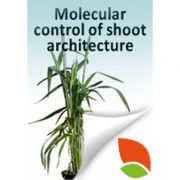
New Teaching Tool: "Molecular Control of Plant Shoot Architecture"
BlogWe’re excited to announce the publication of The Plant Cell’s latest Teaching Tool, “Molecular Control of Plant Shoot Architecture,” by Agustin Zsögön and Lázaro E. P. Peres, available without subscription at Plantae.org.
Manipulation of plant form and height has been instrumental in…

Recognizing Plant Physiology first authors: Swarup Roy Choudhury
Plant Physiology, Plant Physiology: Author ProfilesSwarup Roy Choudhury, first author of The role of Gβ protein in controlling cell expansion via potential interaction with lipid metabolic pathways
Current Position: Assistant Professor, IISER, Tirupati, India
Education: Ph.D. in Plant Science, Bose Institute, Kolkata, India; M.S. in Plant Science,…
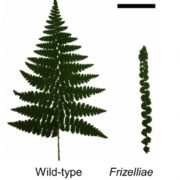
Hydraulic Regulation of Stomata in Ferns
Plant Physiology, Plant Physiology: On The InsideStomatal responses to environmental and endogenous signals in vascular plants are critical for regulating plant gas exchange with the atmosphere. In addition, stomatal closure is vital for minimizing water loss and preventing lethal embolism during drought. The vast majority of studies concerning stomatal…
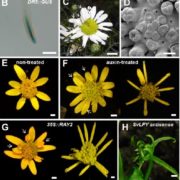
Auxin Affects Capitulum Pattern Formation
Plant Physiology, Plant Physiology: On The InsideThe flower head (capitulum) is a morphological feature that defines the family Asteraceae (the daisy or sunflower family). A typical capitulum consists of many flowers (florets) and phyllaries (modified bracts) compressed into a single structure that mimics a single flower. Capitula commonly have two…
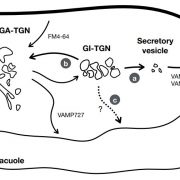
Insights into the Trans-Golgi Network and Protein Secretion
Plant Physiology, Plant Physiology: On The InsideIn eukaryotic cells, the movement of cargo between single membrane-bound organelles such as the endoplasmic reticulum (ER), Golgi apparatus, trans-Golgi network (TGN), endosomes, lysosomes, and vacuoles is mediated by membrane trafficking. At the donor organelle, cargo molecules are loaded into transport…
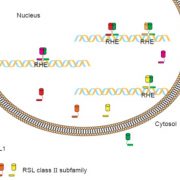
Advances in Understanding Root Hair Formation
Plant Physiology, Plant Physiology: On The InsideRoot hairs greatly increase the surface area of roots, thereby facilitating the uptake of nutrients and water from the rhizosphere. They also serve as sites for plant interactions with soil microorganisms. Thus, elucidation of the molecular pathway for their development is important for potential modification…

The Terpene Synthases of Red Algae Have a Bacterial Origin
Plant Physiology, Plant Physiology: On The InsideThe red algae (Rhodophyta), encompassing over 8,000 species, are the richest source of marine secondary metabolites. Among red algae, many genera produce terpenes, which constitute the largest class of secondary metabolites. Despite the rich diversity of terpenes in red algae, little is known about how…
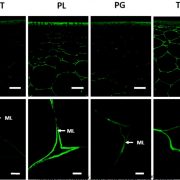
CRISPR Mutants Shed Light on Pectin’s Role in Tomato Fruit Softening
Plant Physiology, Plant Physiology: On The InsideTomato (Solanum lycopersicum) fruits undergo pronounced softening during ripening. Softening is important for flavor development and overall palatability, but also impacts fruit storage, transportability, and shelf life. Shelf life is a particularly important quality trait of tomato fruits affected by…
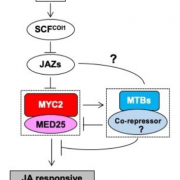
Master MYCs: MYC2, the jasmonate signaling ‘master switch’
The Plant Cell, The Plant Cell: In BriefTo optimize their fitness in the field, plants need to respond rapidly, specifically and dynamically to an ever-changing and often hostile environment. By integrating external environmental cues with endogenous developmental programs, phytohormones play a critical role in the cross-talk between signal…

